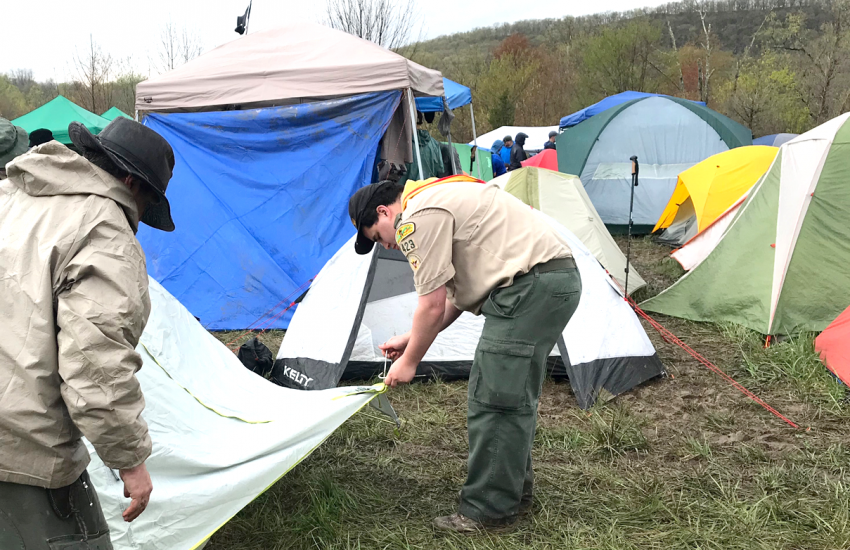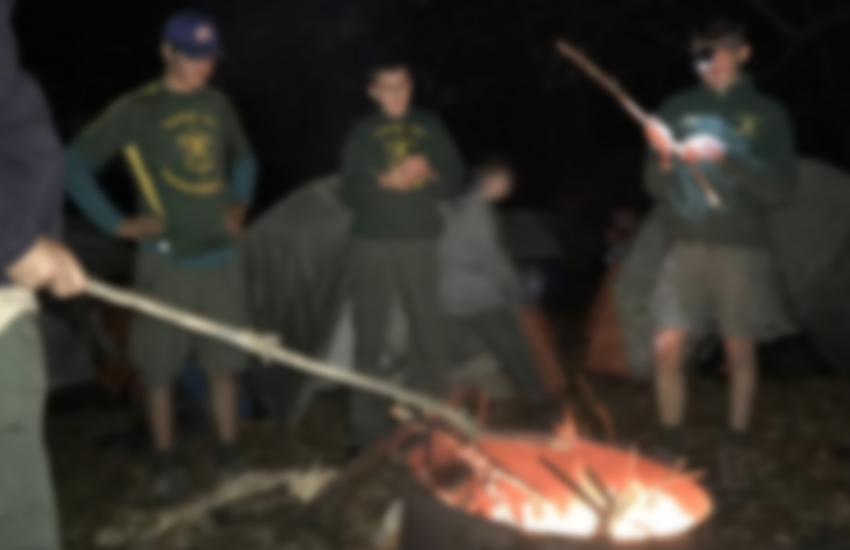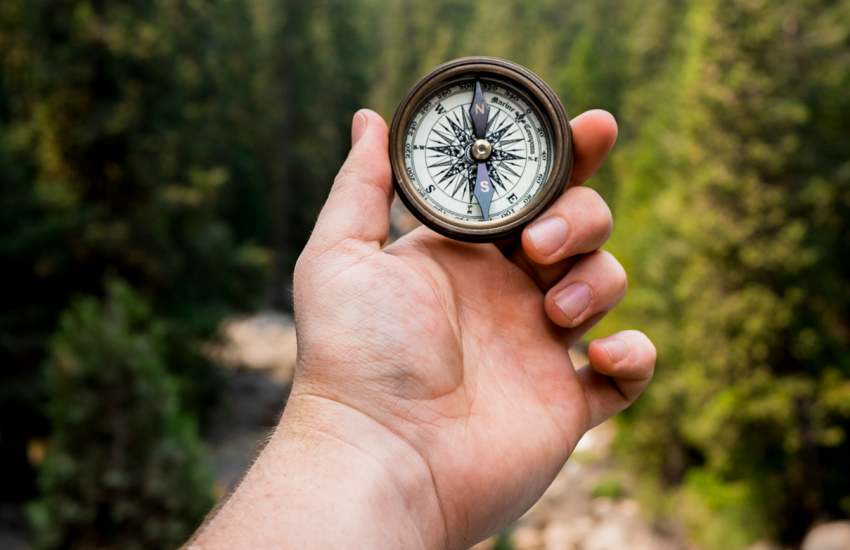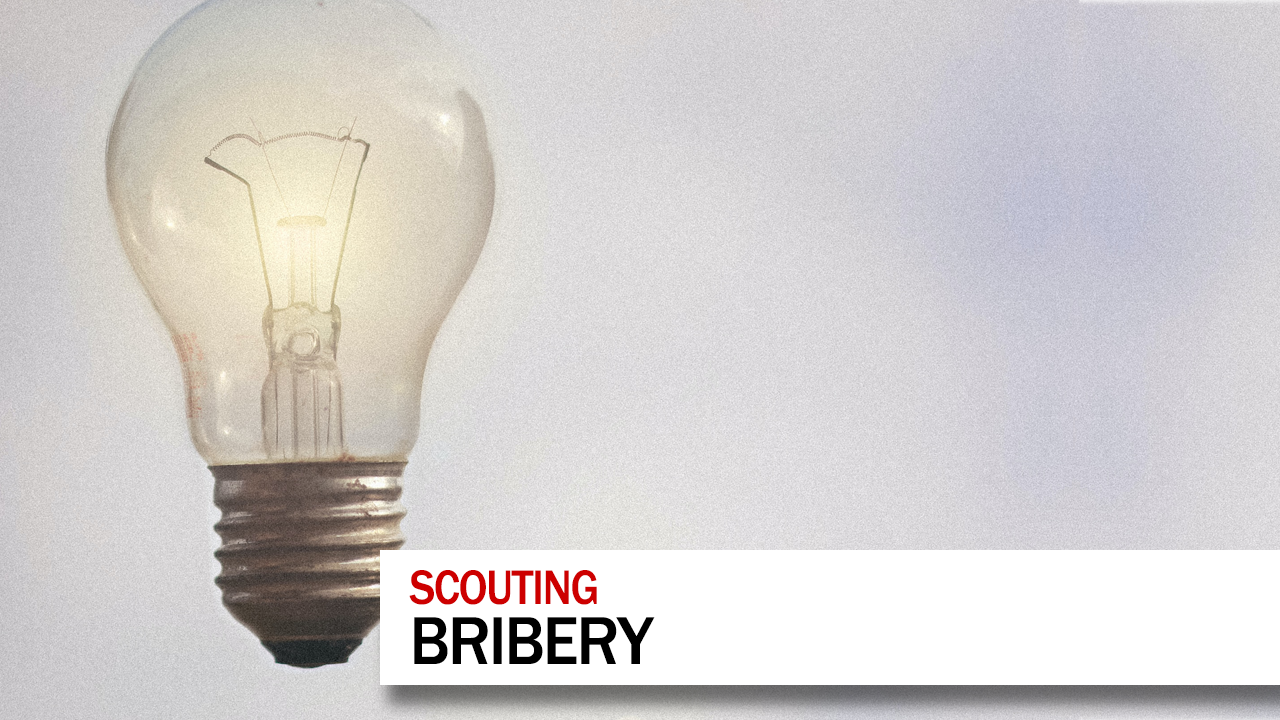What to think about when you are picking out and setting up a campsite.
Show Notes:
- How to Choose a Backcountry Campsite (REI.com)
- How to Choose a Campsite (Boys Life)
- How to Pick the Best Campsite (Nat Geo)
Transcript:
If your troop is like my troop we camp at different scout camps for the most part. We don’t do a lot of back country camping, so this ScoutmasterDave video focuses on setting up camp in a medium to heavy use area.
But if you are doing more back country camping you should consult leave no trace guidelines for some help and advice.
Most often however, you are at a Scout Camp. Most camps have designated areas for fire and local source of water, so when setting up camp you want to keep these in mind.
So the first step is locating the fire pit, most often this is pretty easy, as it’s good practice to encircle the ring wih a barrier such as rocks. But sometimes this is not the case, and you want to make sure you are not setting up tents over a old fire site, as it makes a mess of the tent.
When designing where to put everything you want to keep in mind that the fire and cookinh should be about 20 feet away from the tents. The cooking area should also be in proximity to the water source, this keeps scouts from getting tents wet as they trudge through the sleep area to get water.
It’s good practice to set up tents aligned next to each other, although sometimes due to terrain this is not possible. Not only does it look nice and neat when you do this, but it actually had practical benefits. For one, it gives you more room in the site to move around, and it also can protect the tents from tripping over guide wires and buffets the tents individually from the wind or driving rain.
But where you choose to have a haphazard layout or one that lines tent up in a row it’s important to review your surroundings. Look up for dead branches, and look down for gullies that can fill with water and waterlog your tents.
It’s also a good idea to clear away sticks and stones from the area, and try and choose a location that is flat. While this is not always possible, minimally set up your sleeping gear with your head at the top of any incline. This will keep you from getting a wicked headache as your heart works overtime to pump the blood uphill.
Many scout camps also have picnic tables available, but if you don’t’ know in advance it’s a good idea to ask, or bring some tables to place stoves on and to do meal prep at least.
Having the picnic tables near the cooking area helps facilitate good eating habits within the troop. Eating together or at least as patrols is a good thing.
When setting up camp you also want to be aware of where bathrooms and general sanitation are, as it is a good practice to keep any garbage or smellables away from the tenting area. You are in the outdoors and can get everything from chipmunks to bears sniffing around, depending on your camping location. Best to have smellables as far as possible.
Where we generally camp it is not a problem except for the occasional deer or opossum coming by, but if you are in a camping area with more aggressive type animals you should plan on taking your garbage out every evening, and putting food in a car or a bear bag. But, this is what works for us.
Take what you like and leave the rest, and as we say in Woodbadge, feedback is a gift, leave yours below in the comments, with the hope we can all learn together.
I’m Scoutmaster Dave, and this was a look into setting up camp.




